Home / Albums / Tag Place:South America 19

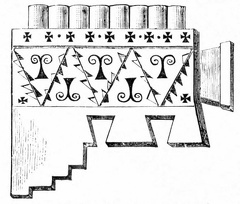 Huayra-puhura,
Huayra-puhura,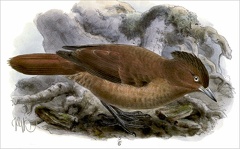 Brown Cachalote
Brown Cachalote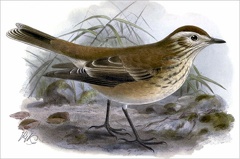 Chat-like Tyrant
Chat-like Tyrant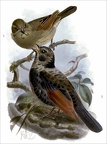 Cow-bird
Cow-bird Bridges’s Wood-Hewer
Bridges’s Wood-Hewer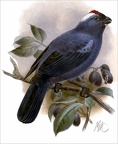 White-Capped Tanager
White-Capped Tanager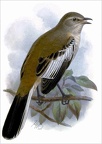 White-banded Mocking-Bird
White-banded Mocking-Bird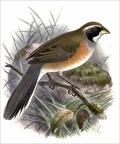 Many-coloured Ground Finch
Many-coloured Ground Finch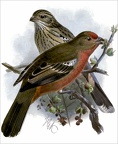 Red-breasted Plant-cutter
Red-breasted Plant-cutter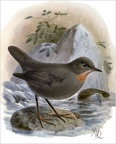 Schulz's Dipper
Schulz's Dipper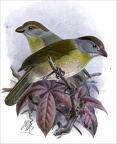 Shrikes
Shrikes The Juruparis in casing
The Juruparis in casing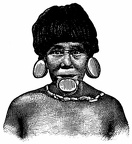 Botocudo Indian with Lip-plug
Botocudo Indian with Lip-plug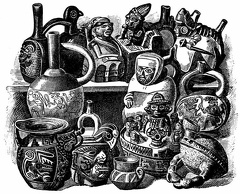 Peruvian Antiquities
Peruvian Antiquities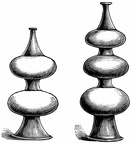 Indian trumpets
Indian trumpets Orinoco Indian trumpet
Orinoco Indian trumpet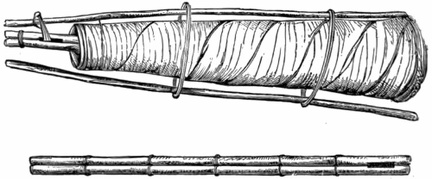 South American Juruparis
South American Juruparis Peruvian huayra-puhura
Peruvian huayra-puhura Peruvian bone pipe
Peruvian bone pipe



